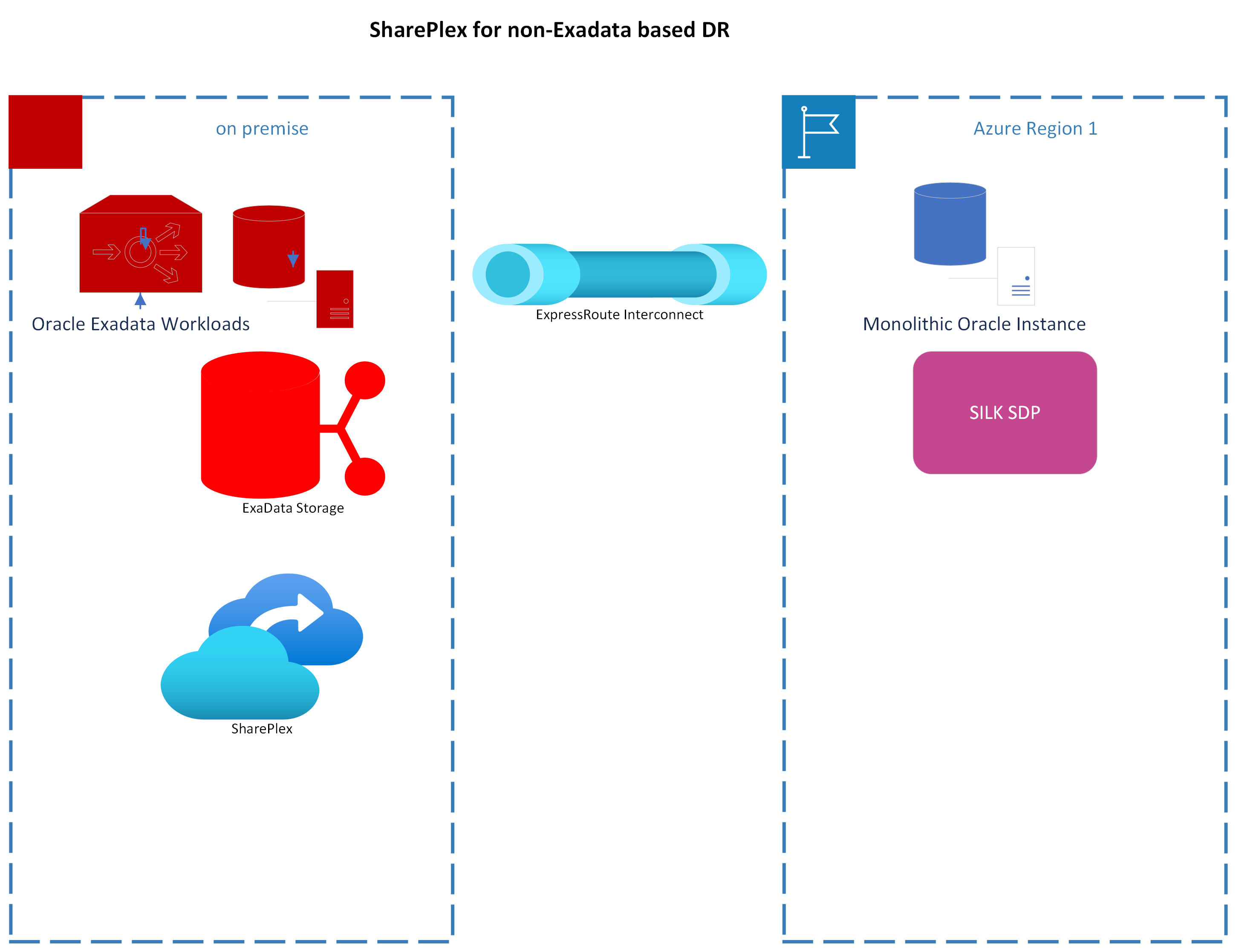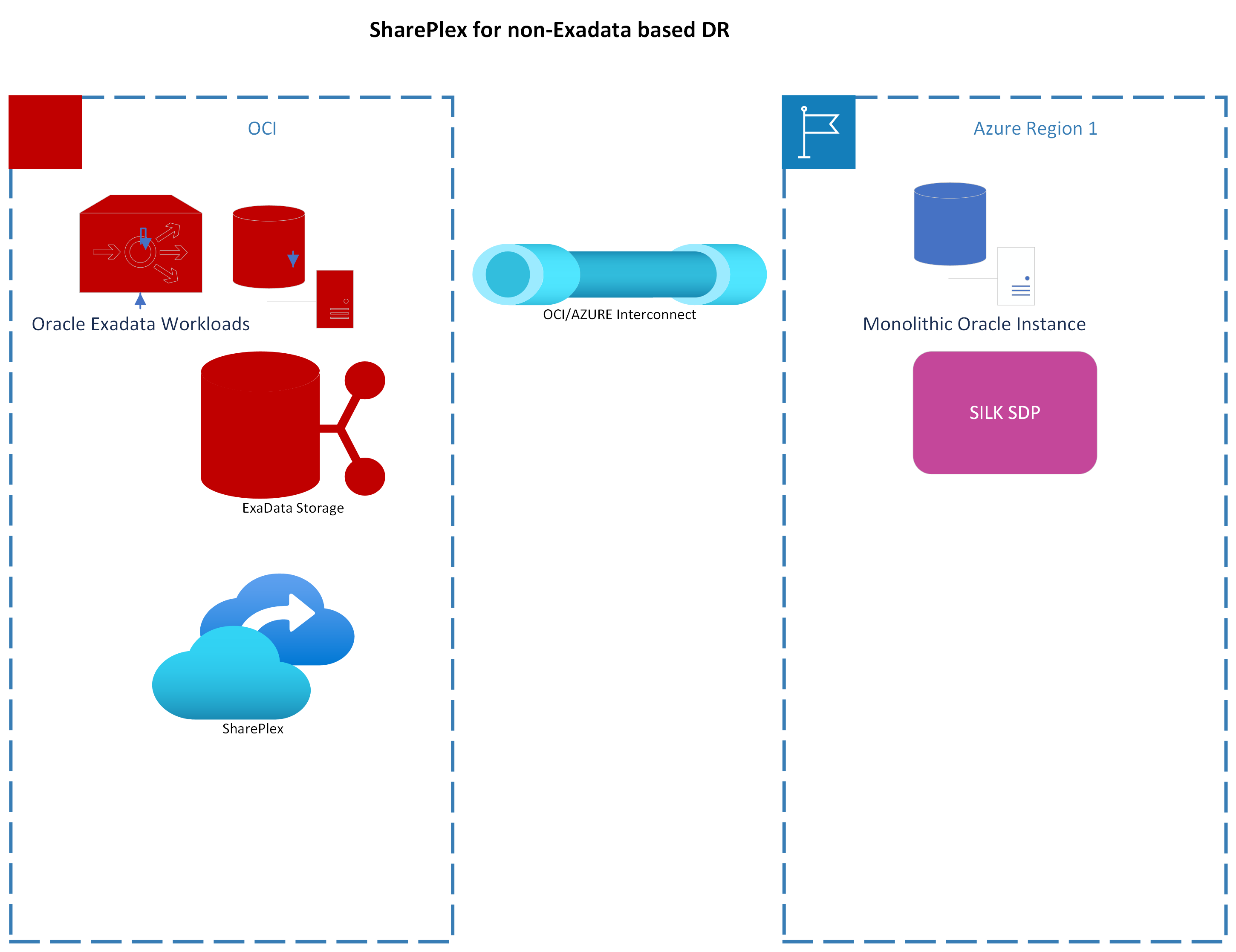One of the challenges of an Oracle Exadata migration to non-Oracle Exadata (but still Oracle) platforms is Hybrid Columnar compression and an IOPS and storage size “explosion”. Exadata’s much touted I/O capabilities are, in fact, impossible to accomplish on native cloud I/O including Microsoft Azure Ultra Disk. The capabilities of the Silk Cloud DB Virtualization Platform I/O easily match Exadata configurations and offer additional features such as snapshots, asynchronous replication capabilities, and high data compression ratios. Silk’s operational simplicity and automation are integral.
Oracle DataGuard can physically replicate Exadata databases to Oracle non-Exadata instances — including Exadata RAC to a large, single instance. (This simplifies the stack, removes RAC licensing, etc.) But as a physical copy, DataGuard will replicate Exadata Hybrid Columnar Compression (EHCC) tables to the non-Exadata instance. The target instance will gladly record them but report an error on any queries against those tables until a DDL operation known as an “ALTER TABLE …. MOVE’ operation is done.
SharePlex can prevent needing to do EHCC “alter table … move” commands should a disaster recovery (DR) event or a migration need cutover. The key is to pre-create the objects known to be EHCC objects as non-EHCC. The logical-based replication with SharePlex will allow Change Data Capture to work without a need to “move” the table should a failover or cutover event occur.
To do Exadata to non-Exadata migrations or DR, superior I/O and management functionality is required. This is where Silk excels. The Silk value message is based on a technology that allows you to do Exadata class I/O with commodity cloud resources while retaining many on-premises features and functionality such as compression, deduplication, asynchronous replication at the storage level, and instant snapshots with zero-footprint overhead. Operationally, Silk can simplify and/or recreate on-premises DevOps.
Below are two diagrams depicting two DR use cases. The first is on-premises Exadata to Azure cloud for DR. The second is an intercloud DR architecture that replicates from OCI ExaCS to Azure + Silk via SharePlex. Note that in both scenarios the replication is one way — but active-active configurations depending on application design may be possible.


Keep an eye out for part 2 of the blog post series where I’ll further dive into why you should move from Exadata to Azure using SharePlex. In the meantime, visit https://silk.us/solutions/oracle-exadata/ to see how Silk helps get Exadata workloads into the public cloud.



